Penises come in countless shapes, sizes and variations: From short, girthy 'chodes' to banana-shaped dongs, there is no 'norm.'

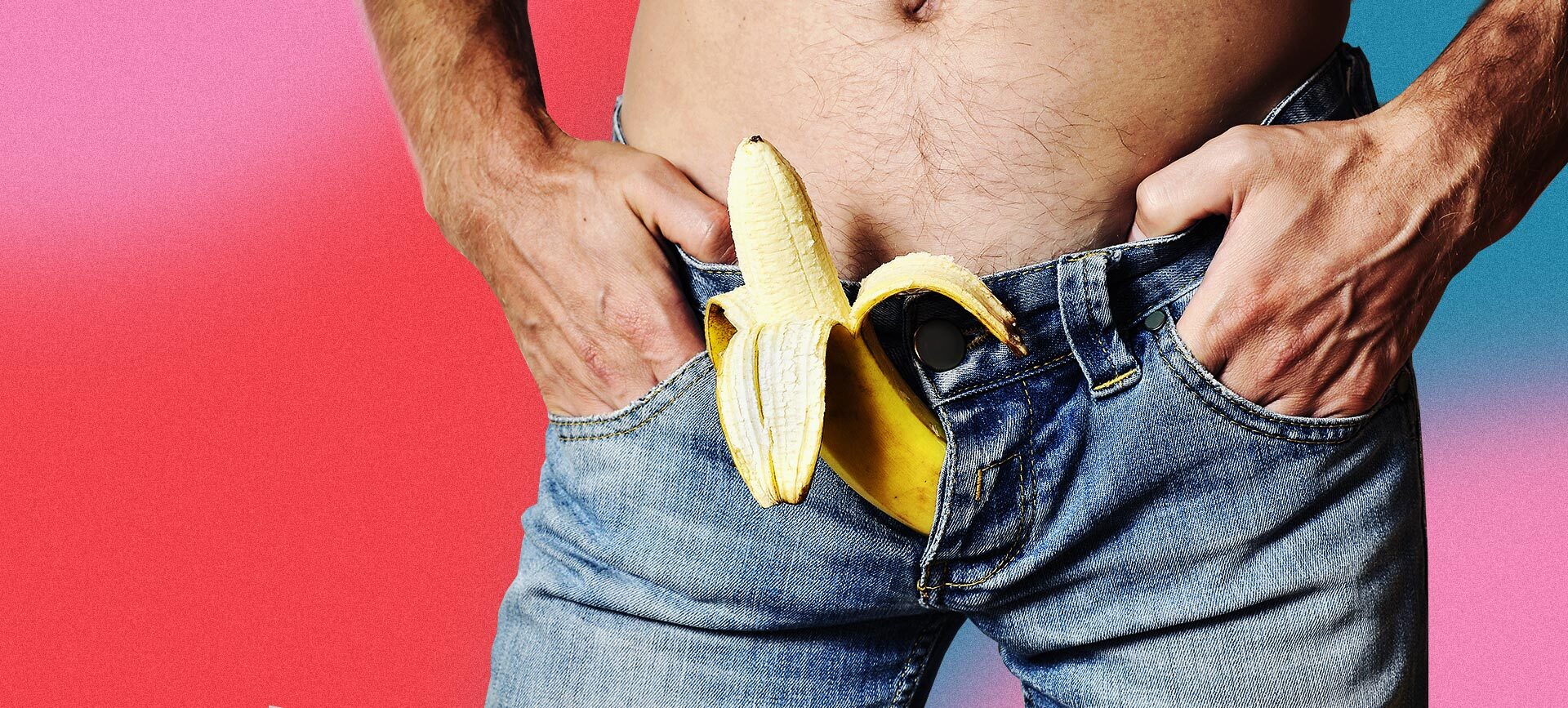
Anatomy of the Penis: An Owner's Manual
Fascination with the human penis is prehistoric. In 2017, the Turkish Journal of Urology discussed an unexpected archeological finding: a series of 8,000-year-old, extremely phallic cave drawings.
As well as documenting society’s long-held penile obsession, the drawings also proved that some things truly haven’t changed. "The cave artists represented their masterpiece without any exaggeration," the report detailed, "with the exception of extraordinary phallus"—apparently, the painstakingly drawn dicks were "almost the same size as the legs." We’re still no less obsessed with size than we were then, so let’s break down the anatomy of the penis and bust a few myths along the way.


Before we get started, a disclaimer. In case you hadn’t already guessed, dicks come in countless shapes, sizes and variations: from short, girthy "chodes" to banana-shaped dongs that curve upwards, there is no "norm" to truly compare yourself to.
Differences in skin tone and pigmentation are common, and foreskin looks different for everyone—some uncut penises have the tip almost entirely exposed, others need their foreskin coaxed back to be truly visible. Curvature is natural, too: If your dick isn't totally straight, it probably doesn’t mean you have Peyronie's Disease (more on that later).
Everything from hormone replacement therapy (HRT)—sometimes but not always prescribed to transgender women—to medication of various descriptions can impact the appearance of the penis, as can a whole host of cosmetic or reconstructive surgeries. What dicks across the board do share in common is that their anatomy can be broken down into three key sections: the root, the body ("shaft") and the glans penis ("the tip"). Everything might look simple enough, but there’s a whole host of nuts and bolts to learn about.
Curvature is natural: If your dick isn't totally straight, it probably doesn't mean you have Peyronie's Disease.

Anatomically speaking, the penis begins in the "superficial perineal pouch" located between the scrotum and the anus. Here you’ll find the root, which is made up of three erectile tissues—two crura and one bulb—and two muscles, ischiovavernosus and bulbospongiosus. Technical terms aside, all you really need to know is that the root connects the penis to the pubic arch, and everything inside plays a key role in anchoring the penis and helping it get hard.
Now for a part you're probably already familiar with. The shaft is the soft, fleshy body of the penis, which is also made up of three columns of tissue: two corpora cavernosa, lined with blood vessels that swell to hold 90 percent of the blood involved in an erection, and the corpus spongiosum, which lies along the underside of the penis. These tissues give your flaccid penis its spongy texture, and they're surrounded by veins that are sometimes visible but often not. If they are, it's usually a signifier that you've got healthy blood flow downstairs.


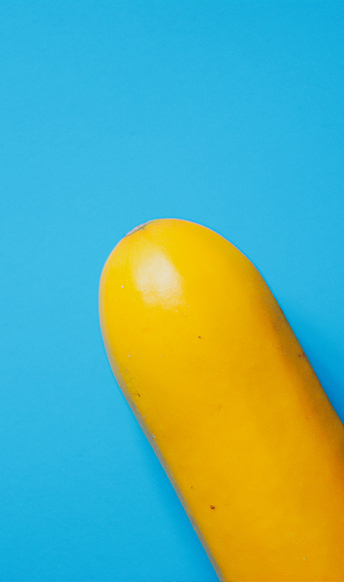
The spongy tissues in your shaft travel up to the tip of your penis, which contains a hole for the urethral ending. The urethra is a thin, fibromuscular tube that begins up at the bladder, but it's this hole that allows urine, semen and pre-ejaculate to leave the body.
This is truly where the magic happens: There are around 4,000 nerve endings in the tip of the penis alone, which makes it extremely sensitive. Still, feeling varies from dick to dick—some experience low sensitivity, whereas others are hypersensitive, a common cause of premature ejaculation. The frenulum is the small, similarly erogenous fold that connects the underside of the glans penis to the foreskin, which covers the head of the penis. This is fully attached and closed at birth, but gradually it separates—when a child is around 2 years old, the foreskin can usually be pushed back.
In the United States in particular, plenty of penises are circumcised: around 71.6 percent, according to 2016 statistics published in Population Health Metrics, although recent reports indicate a continued drop in neonatal circumcision. Various factors—religious, cultural, medical—color these rates, which we'll explore in more depth later, but from an anatomical standpoint, all you need to know is that circumcision leaves the tip of the penis bare, exposing the moist, pink mucosa tissue.
There are around 4,000 nerve endings in the tip of the penis alone, which makes it extremely sensitive.
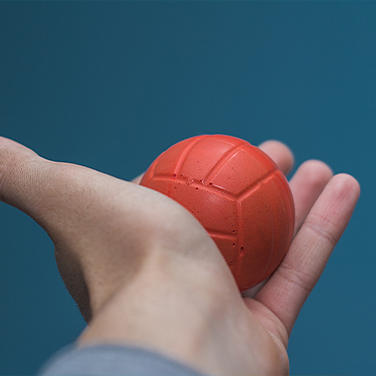
Your testicles—let's call them your "balls," colloquially—might not be part of the penis, officially, but they play a vital role in the overall function.
These little egg-shaped wonders—each of which usually measures between 1.5 and 3 inches long, although this varies for everyone—are responsible for producing sperm and hormones, the most important of which is testosterone. They're covered by your scrotum, but this sack of loose skin does more than just protect your balls; it acts as an air conditioner to keep them cooler than your body temperature.
Fun fact: There's a biological reason your balls tend to shrivel when you're cold. When temperatures drop, one muscle—the cremaster—pulls the scrotum closer to the body to keep it warm. Another—the dartos—tenses the skin, giving a wrinkled appearance.
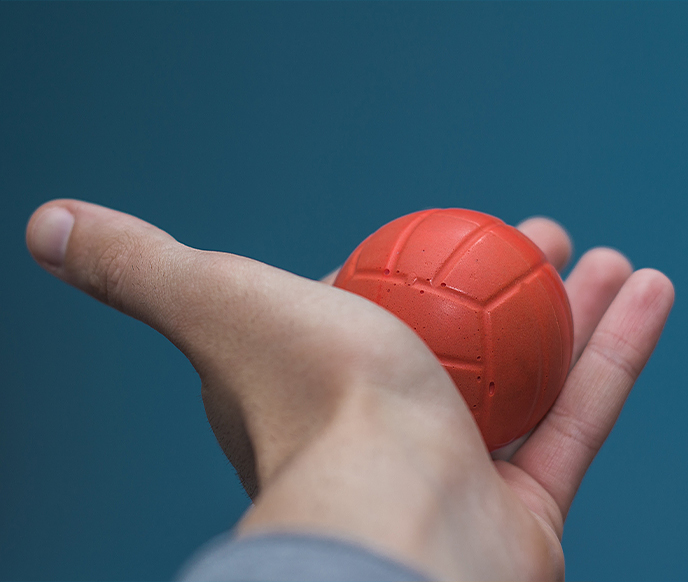
When temperatures drop or you dive into a cold pool, the cremaster muscles pulls the scrotum closer to the body to keep it warm.


If you have a penis, you're also likely to have a prostate. This walnut-shaped gland is found between the bladder and the rectum, and it plays a key role in the reproductive system. Alongside the seminal vesicles, the prostate produces the seminal fluid that shoots out of the penis during ejaculation. It's also a key talking point for sex educators—stimulating it properly feels so great that it's earned the nickname of "The P-Spot."
Pleasure aside, this pesky gland can cause complications. Prostate cancer is one of the most common among people with penises (second only to skin cancer), and its causes remain largely unknown. It's arguably the most important internal part of your anatomy to know, so be sure to learn what it is, what it does and how to check it's in good health.

When it comes to penises worldwide, there are few topics more controversial than circumcision. This simple surgical procedure, which involves removing either part or all of the foreskin to fully expose the glans penis, has long divided the globe along religious, cultural and ideological lines, earning die-hard fans and voracious opponents.
In countries where circumcision is the norm—the United States included—there's a lingering bias against uncut cocks. It's not exactly peer-reviewed research, but a 2015 article published by online media site Thrillist surveyed 50 women across the country, one of whom went so far as to say: "Give me circumcision or give me death." In online forums, some men express similar sentiments, aspiring toward "cosmetic circumcision" for no reason other than aesthetics.
There are benefits to being cut, most of which relate to health and hygiene, but neonatal circumcision, in particular, has been debated heavily over the last decade. In 2014, the American Academy of Pediatrics took the official stance that "health benefits of newborn male circumcision outweigh the risks," but rates are falling regardless, meaning that uncut dicks are set to become more prevalent, although probably only marginally.
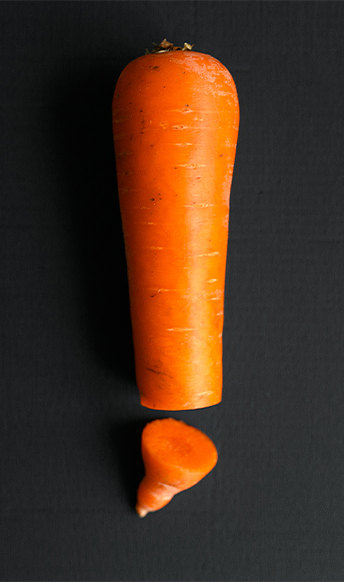
In the U.S., around 71.6 percent of penises have their foreskins shorn, according to 2016 statistics published in Population Health Metrics, although recent reports indicate a continued drop in neonatal circumcision.









